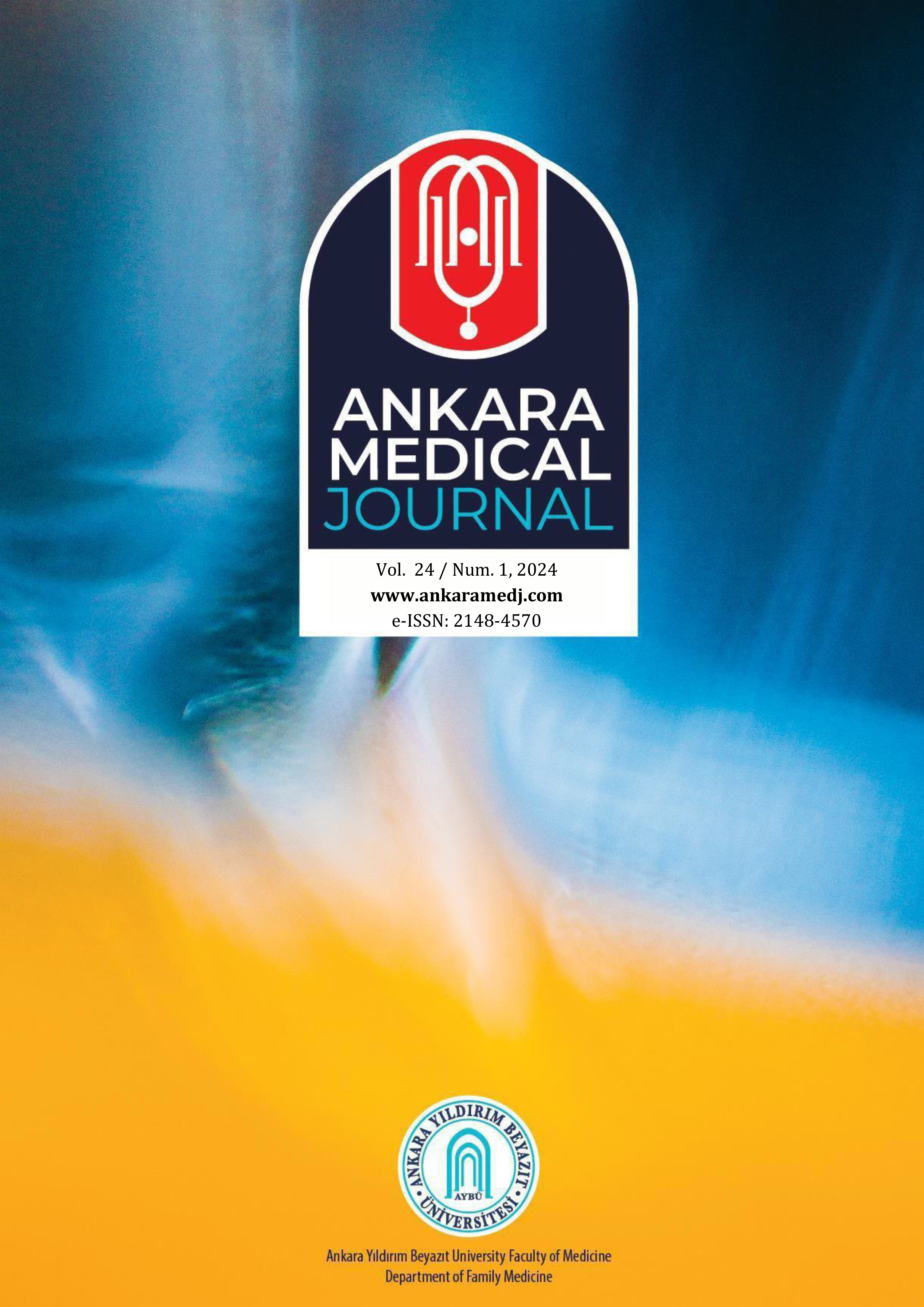Evaluation of infection agent and antibiotic resistance distribution in palliative care patients with pressure ulcers
Reyhan Öztürk1, Filiz Yıldırım2, Zuhal Yıldırım3, Asiye Çiğdem Şimşek3, Hasan Karageçili41Clinic of Clinical Microbiology and Infectious Diseases, Polatlı Duatepe State Hospital, Polatlı, Ankara, Turkey2Clinic of Internal Medicine, Polatlı Duatepe State Hospital, Polatlı, Ankara, Turkey
3Public Health Services Presidency, Provincial Health Directorate of Ankara, Ankara, Turkey
4Siirt University, Faculty of Healthy Sciences, Siirt, Turkey
INTRODUCTION: In our study, it was aimed to examine the distribution of infectious microorganisms, and antibiotic resistance status in palliative care patients with pressure ulcers followed in Ankara Polatlı Duatepe State Hospital Palliative Care Service in 2019- 2020.
METHODS: The sex, age, and detected diseases of a total of 178 palliative care patients included in our study were analyzed retrospectively. For determining the causative agents of pressure ulcer infections in these patients, Gram staining was performed on the bacterial cultures that developed in the wound samples, and the Vitek-2 (bioMérieux, France) automatic test device was used to identify these cultures and determine their antibiotic susceptibility.
RESULTS: It was observed that the single-agent microorganism grew in 26 of the cultures. When the 26 active microorganisms we detected in the wound culture growths were examined; it was observed that Escherichia coli (n=9, 34.62%) and Proteus mirabilis (n=3, 11.54%) grew more frequently in enteric bacteria and Pseudomonas aeruginosa (n=3, 11.54%) in non-fermentative bacteria. In our study, the absence of antibiotic resistance in Pseudomonas aeruginosa isolates was considered remarkable. In our study, 100% resistance was found to antibiotics such as Ampicillin, Cefepime, Ceftriaxone, Ciprofloxacin, Amoxicillin-clavulanate, and Gentamicin in gram (+) bacteria, while 100% resistance was found against antibiotics such as Ceftriaxone, Ciprofloxacin, and Trimethoprim/sulfamethoxazole in gram (-) bacteria.
DISCUSSION AND CONCLUSION: In the treatment of infection pressure ulcers, starting antibiotic therapy at the appropriate time and choosing the right antibiotic is one of the most important factors that determine the success of treatment.
Sorumlu Yazar: Filiz Yıldırım, Türkiye
Makale Dili: İngilizce
(540 kere indirildi)





